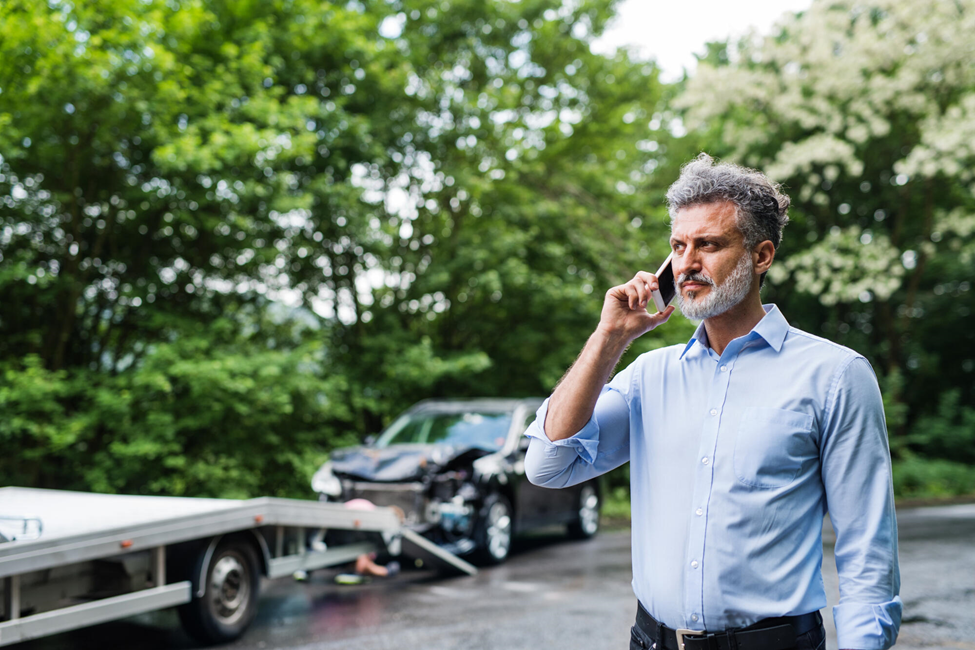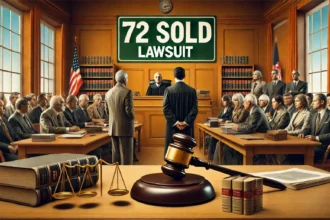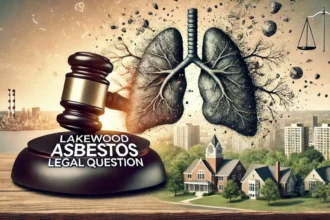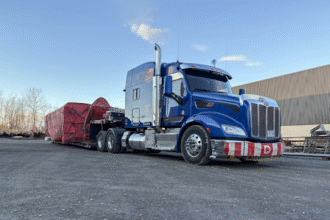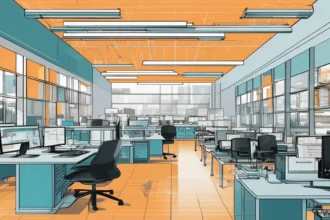Understanding how fault works in a chain crash works helps people make better decisions after a stressful event. Multi-vehicle accident liability can shift fast when several drivers collide on a busy road.
Each detail shapes the outcome and guides the next steps for everyone involved. Weather, speed, and simple mistakes can change how blame is assigned. Clear information helps people stay calm and act with confidence. Every driver benefits from knowing what evidence matters most.
Read on to learn how fault is determined and what steps protect your rights, then move to the sections below for a clear guide.
Identifying the First Point of Impact
The first impact often sets the direction of the entire crash sequence. Investigators look at skid marks, damage points, and vehicle positions to track what happened. This helps find the driver who triggered the chain reaction.
Drivers involved should stay at the scene and wait for officials to review all details. Photos and witness statements also help show the order of events. A clear timeline supports a fair outcome for all parties.
The Role of Following Distance
Safe spacing helps prevent rear-end hits that can lead to chain collisions. When one driver brakes suddenly, the vehicles behind must react fast. If the spacing is too short, the fault may fall on the trailing driver.
Officials look at road conditions and visibility to decide if reactions were reasonable. The weather can make stopping harder and influence the decision. These details shape how liability is assigned.
Shared Fault Among Multiple Drivers
Some crashes involve more than one mistake, which spreads the responsibility. A driver may brake late while another may drift out of a lane. These actions can mix and create a larger collision.
Officials review each action to see how it contributed to the crash. Shared fault can change how insurance claims are settled. The process stays focused on fairness based on the chain of events.
Influence of Road and Weather Conditions
Poor lighting, wet pavement, or strong glare can make conditions unsafe. These factors affect how fast drivers should travel. Officials look at whether speed matched the conditions.
Drivers may share fault if they fail to adjust properly. This review helps explain how the crash grew into a multi-car event. The findings guide how responsibility is divided.
When Location and Local Factors Matter
Some areas have tight lanes, sharp curves, or fast traffic flow. These factors can affect how quickly drivers can react. Fault decisions may consider the setting and common patterns of crashes.
This helps explain why certain drivers could not avoid impact. It also shows why the trigger point matters. Fault is determined with attention to what each driver could realistically do, whether it’s in Newport Beach or another busy area.
The Importance of Evidence Collection
Photos, videos, and statements help confirm the sequence of events. Drivers should collect proof as soon as it is safe. This information supports their position during reviews.
Officials rely on this when making decisions. Good evidence makes a strong case for fair results. This step protects drivers from misplaced blame.
Educate Yourself About Multi-Vehicle Accident Liability
Multi-vehicle crashes can be complex, but clear awareness of how fault is determined helps people stay prepared. The chain of events is always the center of the review. Each action and detail can shift responsibility.
Knowing what to collect and how to respond makes the situation easier to handle. With the right steps, drivers protect their rights and move forward with more confidence.
For other topics, visit our blog!


